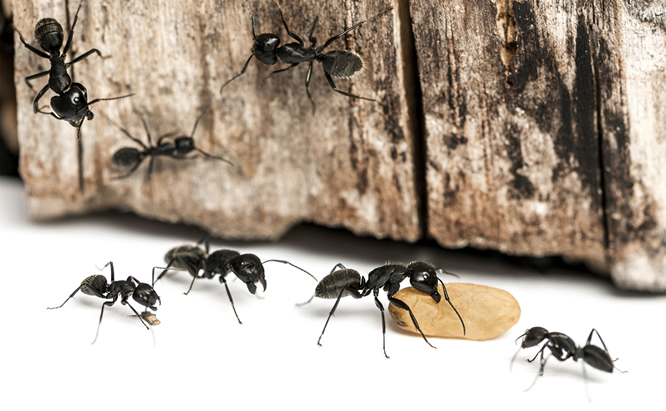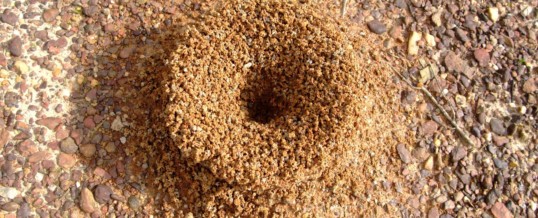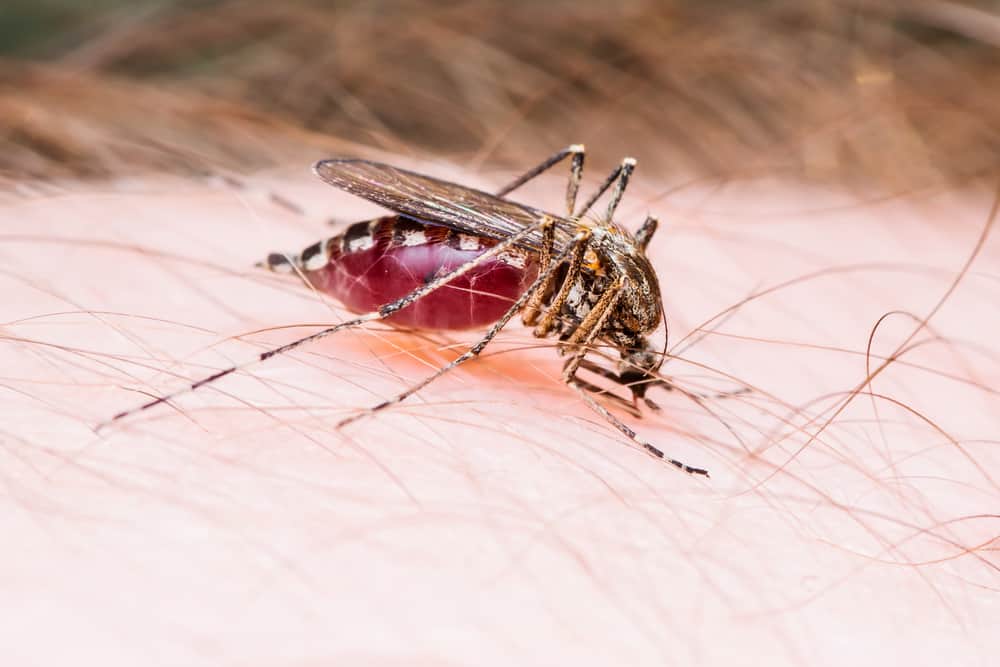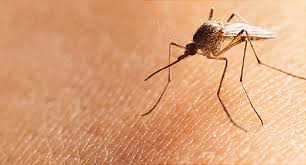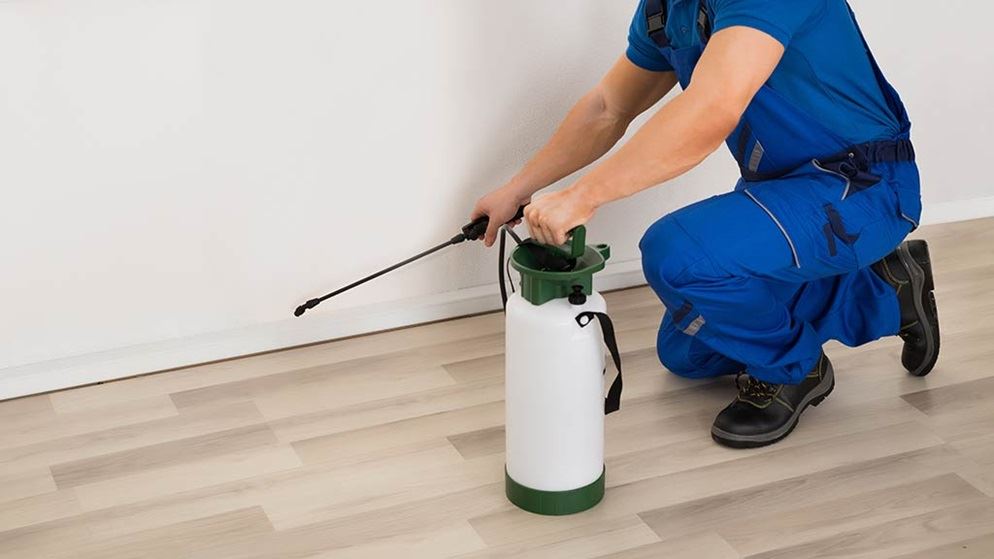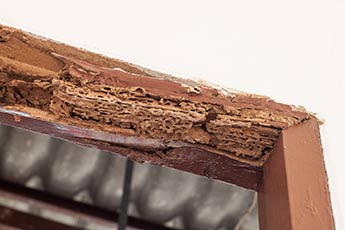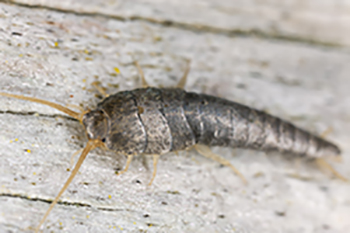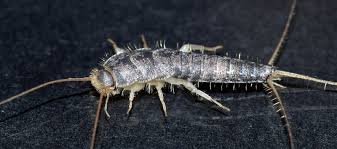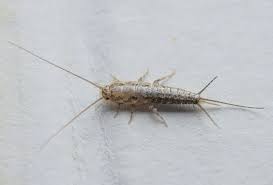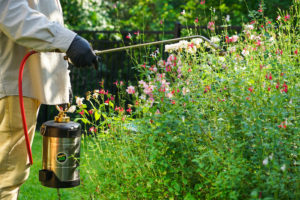Ant
Have an ant problem? Here’s how to get rid of ants permanently — both inside and outside — using proven, organic and natural control strategies.
As a group, ants are important natural predators of many insect pests including flea and fly larvae, caterpillars and termites. However, there are times when it may be necessary to get rid of an ant problem, especially when they are found in the kitchen searching for food. Some species invade lawns and gardens where they build large unsightly mounds or protect aphids, mealybugs, scales and other insects from their natural enemies. They can also damage plants by tunneling around the roots causing them to dry out.
Identification
Common in and around the home, ants range in size from about 1/32 to 3/4 inch long. They have three body parts (head, thorax and abdomen) and can be anywhere from a yellowish-red in color to black. Most are wingless, but winged forms exist during “swarming” or colony reproduction. Ants have pincer-like jaws and can bite although most do not. A few species are very aggressive and will inflict a painful sting.
Life Cycle
Ants are social insects and live in colonies with three distinct types of adults called castes. Queens are larger than their peers and are responsible for egg laying. Some species have only one queen per colony whereas others have many. Males are responsible for mating with the queens; they do not participate in any other activities. Workers are sterile wingless females. They make up the bulk of the colony and are responsible for building and defending the nest, caring for the young and foraging for food.
How to Control
Like all pests, ants require food and water to survive; by eliminating these basic necessities you can greatly reduce their numbers.
Store food and organic wastes in sealed containers, clean up all kitchen surfaces and empty trash daily.
Caulk cracks and crevices around foundations and apply Don’t Bug Me Spray to door and window jams to prevent entry from outside.
Where pipes and electrical wires enter the house spread Tanglefoot Pest Barrier to keep crawling pests outside.
Diatomaceous earth contains no toxic poisons and works quickly on contact. Dust lightly and evenly around areas where pest insects are found.
Apply Organic Insect Killer Granules around foundations, lawns and landscaped areas to eliminate or repel all kinds of crawling insects.
Dust Boric Acid (Borax) lightly into cracks, crevices, wall voids and other insect hiding places. This fine powder clings to the legs, antennae and bodies of crawling insects and acts as a stomach poison when consumed during grooming.
Spray Orange Guard in and around the kitchen to kill on contact. Approved for organic use, Orange Guard is a broad spectrum insect killer that’s safe to use inside or out. Repeat applications may be necessary.
Safer Ant & Roach Killer is the first effective, truly organic aerosol that kills crawling insects in seconds. Best of all, it has a fresh citrus scent, so there is no chemical odor!
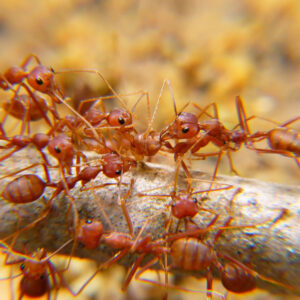
How to Kill and Repel Ants Safely
Where there’s one ant, there’s thousands more. This may not bother you so much if you’re picnicking in the great outdoors, but if an ant infestation is occurring in your home, you’ll want to remove the problem fast.
Diatomaceous earth (silicon dioxide)
Diatomaceous earth is a type of silica. It comprises fossilized remains of aquatic organisms called diatoms. Diatomaceous earth isn’t a poison. It kills ants and other bugs by absorbing the oils in their skeletons, which dries them out. Since it’s an irritant, avoid breathing in diatomaceous earth or getting it on your skin.
Glass cleaner and liquid detergent
Combining spray-on glass cleaner with liquid detergent or dish soap can help deter ants from entering your home. It does this by removing the scented pheromone trail they leave behind when they walk. Mix together and spray on areas where ants seem to congregate or originate from. Wipe down the area after spraying, leaving a light residue.
Hand soap
If the scent of glass cleaner bothers you, using hand soap may be enough to remove ants. Soapy water of any kind removes the scent of ant pheromones. Use it on ant trails and points of entry in your home.
Pepper
Since ants seem to find the smell of pepper irritating, you can try black or red (cayenne) pepper as an ant deterrent. This remedy to ant infestation is completely natural and safe. Anecdotal evidence suggests that sprinkling pepper around baseboards and behind appliances may help keep ants at bay.

How to Get Rid of Ants Outdoors
Many homeowners think of ant infestations as an indoor problem, but actually, indoor ant problems always start outside. For killing ants outdoors, you need to go to the source of the problem, which is the ant nest/colony. Finding the nest isn’t always easy, but when you do, you can treat it appropriately, as well as put effective preventive measures in place. Learn how to kill ants outside to keep your yard, garden, home free of ants.
RECURRING ANT INFESTATIONS
Maybe you’ve dealt with an indoor ant infestation in your home, later to have ants return later. As you may have guessed by now, that’s because your indoor ant problem was coming from outside. A significant portion of ant infestations result from an anthill (or hills) out in your yard, and this is the source that you need to address. If you think you have a lot of ants inside your home, realize that there might be tens of thousands more outside in their colony ready to head into your home searching for food, water, and possibly to nest. Just when you think you may have gotten rid of your indoor ant problem, remember that queen ants can lay up to thousands of eggs in a single day.
HOW TO PREVENT ANTS OUTDOORS
The best way to control ants (or any other pests, for that matter) is to remove the things they are attracted to, and the conditions in which they thrive. Here are some things you can do outdoors to help minimize, or better yet eliminate, the presence of ants in your yard and garden.
Keep your lawn mowed regularly, and your shrubbery and trees are well-trimmed away from the side of your house.
Make sure firewood is stored at least 20 feet away from your home, and keep your lawn free of grass clippings and other clutter.
If you recycle beverage cans or bottles, make sure they are thoroughly rinsed out before placing them outside in the recycle bin.
KILL ANTS OUTDOORS
Ant bait, bait stations, ant sprays, or a good plant-based insecticide dust are all viable options for killing ants outdoors. Look for ant colonies around the foundation of your home, as well as around logs or large rocks. Indoors, check around baseboards, carpet edges, and under sinks. Treat wherever you observe their activity.
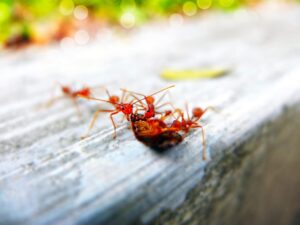
HOW TO GET RID OF ANTS WITH NATURAL AND NON-TOXIC ANT CONTROL METHODS
Many homeowners ignore one or two ants when they see them inside. Big mistake. These ants are often scouts for a colony that will eventually infest the home. Learn how to get rid of ants with three steps using natural, non-toxic methods.
Keep Your Home Clean
Food and water attract ants, so keep your home free of crumbs, excess moisture and the like. Start by scrubbing your fridge, stove and dishwasher. Get into all crevices to remove splatters and spills. Pull the appliances away from the wall to sweep and mop underneath, wiping any debris from baseboards and walls. Also wipe down any countertop appliances such as blenders and toasters. Don’t forget to regularly sweep and mop any areas where your family dines, and wipe up after every meal to keep the rooms free of anything that will attract ants.
Practice Organic Insect Control With Non-Toxic Sprays and Insecticides
There are more than a few organic products that promise to keep ants away, including home remedies. One commercial product that works for many homeowners is Orange Guard. The water-based insecticide and repellent uses d-Limonene, aka orange peel extract.
It works on most insects, including ants, roaches, fleas, silverfish, aphids, spider mites, leaf hoppers and scale insects, making it an excellent product for use around the home. And because it contains only edible plant extracts and water, you can use it safely around children and pets. You can even use it on countertops and other areas around food.
Destroying Ant Nests
If despite using the above methods you regularly get visited by ants, figure out what kind they are so you can destroy the nest. For example, the university describes carpenter ants for the purposes of identification and recommends applying an insecticide directly to the nest. Boric acid makes an excellent non-toxic treatment for ants. Simply follow the trail of ants to their nest.
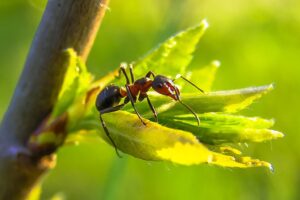
The Complete Guide to Getting Rid of Ants – For Good
Ants are kind of like the mother-in-law you don’t get along with. They barge into your home uninvited, and you can’t think of a single polite way to ask them to leave. While these critters are only looking for some food and shelter, they can be a nuisance – and they can contaminate your food.
What Kind of Ants are in My House?
Did you know that there are more than 12,000 species of ants in the world? Fortunately, only a handful of these species are known for invading homes. Because ants are so small, it can be difficult to identify a species just by looking at it. But in most cases, you can tell what type of ant is in your home based on its color and size.
Argentine Ants
Argentine ants are prolific breeders. They’ve managed to reach every continent in the world over just the last century. Individually, these ants are tiny at just 2-3mm in length. But their colonies are huge. Males and queens are larger than the average worker ant, and colonies often have hundreds of queens.
Odorous House Ants
Odorous house ants prefer to build their nests outdoors under stones or mulch. These ants are one of the most common types to invade homes, and they’re attracted to sweets.
Carpenter Ants
Large in size, carpenter ants are common in the United States – and they’re considered structural pests. Black in color, these ants are usually between 0.3″ and 1″ long. Carpenter ants are unique in that they build their nests inside of wood. They actually carve out the wood with their mandibles, and they prefer to build their homes in damp, rotted wood.
